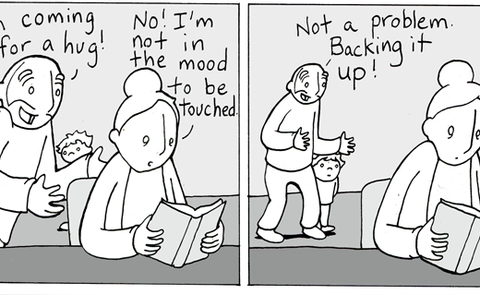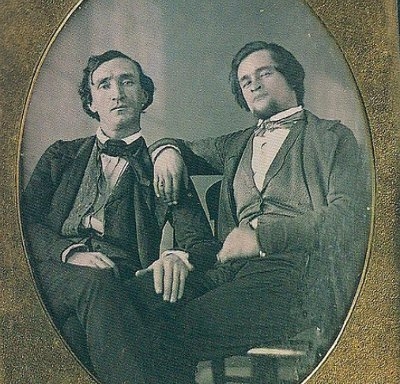Throughout much of this article, I was honestly debating whether or not I thought it added anything new to the conversation on masculinities, the toxic behaviors of boys/men, and how we raise our boys in the United States. Every few months or so there is an article similar to this one that is featured in one of the big name liberal news outlets and then makes the rounds via well-meaning progressives on social media. Often the article comes in the wake of another mass shooting by a young man, or a highly publicized story of sexual violence (or the disappointing, but all too expected slap-on-the-wrist sorry excuse for so-called “justice” for the perpetrator). These articles (as with this one) are typically excerpted from the authors’ forthcoming book and are focused on shining a light on the problem of toxic masculinity. Naming the problem is an important first step, but it often feels as though that is where the conversation stalls. Perhaps intentionally so.
Despite this, sometimes it is not necessarily about adding to the conversation, as it is about reframing it so that we see what has been there all along. The following excerpt from the article does just that:
We have to purposefully and repeatedly broaden the masculine repertoire for dealing with disappointment, anger, desire. We have to say not just what we don’t want from boys but what we do want from them. Instructing them to “respect women” and to “not get anyone pregnant” isn’t enough. As one college sophomore told me, “That’s kind of like telling someone who’s learning to drive not to run over any little old ladies and then handing him the car keys. Well, of course you think you’re not going to run over an old lady. But you still don’t know how to drive.” By staying quiet, we leave many boys in a state of confusion—or worse, push them into a defensive crouch, primed to display their manhood in the one way that is definitely on offer: by being a dick.
This excerpt, which comes near the end of the article, actually serves to provide an actionable next step for moving beyond naming the problem. It provides insight into what must come next: Offering young men tangible, actionable, and concrete alternative ways of being, acting, and interacting.
For those who are regular readers of this site, the linked article may not have much new to say. But it just might offer some insights on how to engage in necessary conversations with young men in their lives, or for those who are working to raise their boys into men we would actually want in our lives.
Read the full article by Peggy Orenstein via The Atlantic.
– Brett S. Goldberg
Cover photo by Anthony Blasko from the original article




